Politics
What’s wrong with regional parties?
Most of them have grown weaker after deviating from their popular agendas.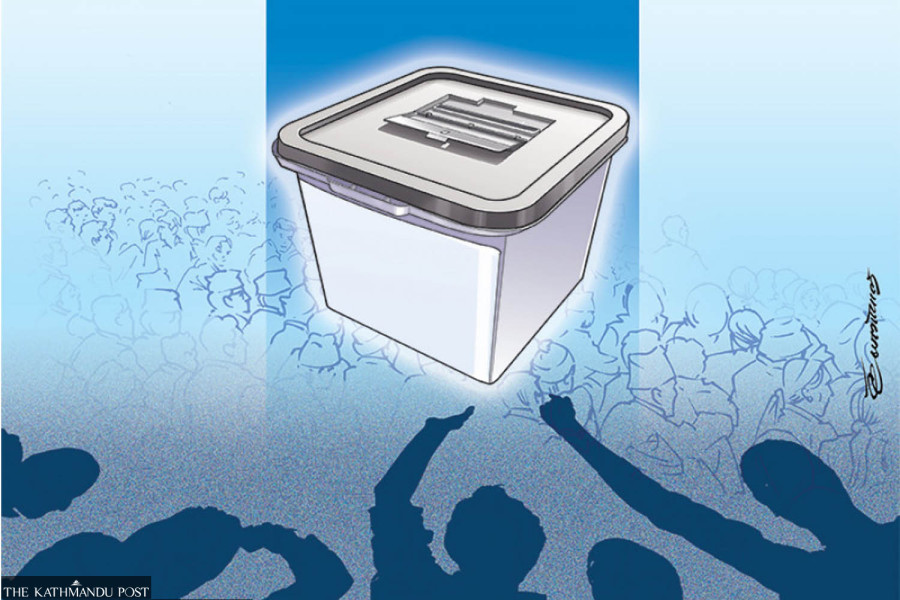
Nishan Khatiwada
On January 16, 2007, Upendra Yadav, the chair of the Madhesi Janaadhikar Forum, a pro-Madhesh non-governmental organisation founded in 1997, came to public notice after he torched the Interim Constitution of Nepal, 2007 promulgated the day before. His group was protesting several of the charter’s provisions that it claimed discriminated against the Madheshi people. Yadav would later register the forum as a political party.
The incident ignited the Madhesh movement, whose seed was planted long ago, in the 1950s. Several regional parties including a few armed groups have emerged in Nepal over time—some rising to prominence and then struggling to stay relevant while others simply fading into oblivion.
Prominent leaders of major parties such as Mahantha Thakur, Sharat Singh Bhandari and JP Gupta stepped into Madhesh politics, as Madhesh-based political parties rose to power after the first Constituent Assembly election. Thereafter, the constitutionalisation of federalism in 2015 gave regional parties the ground to nurture themselves, said observers.
“Federalism created a favourable environment for the emergence and growth of regional parties,” said Jhalak Subedi, a political analyst.
Following the promulgation of the constitution in 2015, Madhesh movement was resurrected as the Madhesi parties sensed the new document also would fail to address several of their concerns, including the demand for a separate Madhesh state in the southern plains.
Hanging on the Madhesh agendas, the regional parties fared well in the 2017 elections—and became national parties.
But beset by disputes and splits, the parties that once held sway in the Madhesh Province and were seen as a ray of hope by the Madheshi people, are now on the decline. They have lost their domination in their own base and the main reason is their failure to be effective regional parties, as Madhesh observers have repeatedly pointed out.
Now the traditional parties hold a sway over the region.
Similarly, the Chure Bhawar Rastriya Ekata Party Nepal formed at the time of Madhesh uprising, was active in the inner Tarai in central Nepal. The party was launched as a counter to the Madheshi parties including some armed ones that perpetrated violence, especially against the people of hill origin. In the 2008 Constituent Assembly election, the party won one seat. In October 2017, the party merged with the UML.
Political analyst Indra Adhikari says, on the one hand, Nepalis have yet to fully embrace the concept of federalism and on the other, major parties still wield considerable influence right across the country, so things are not easy for regional parties.
Identity is the main factor that fuels regional parties, argues Sohan Shah, a Madhesh commentator.
Regional parties that emerged from the Madhesh movement had fared well on the strength of identity politics in the elections held immediately after the movement, but as time passed these parties gradually abandoned their core agenda and became weaker, he said. “They got more Kathmandu-centric and did nothing substantial for their bases.”
“If the regional parties fail to come up with practical issues and agendas, people will forget them,” Shah added.
This, however, has not completely deterred others from launching new regional parties.
Recently, a new one has entered the scene—the Janamat Party led by CK Raut. Raut, however, had stepped into Madhesh politics at the beginning of Madhesh uprising in 2006.
Raut came back to Nepal from Japan at the onset of the Madhesh uprising and formed an NGO Alliance for Rights and Independence of Madhesh. Later he went to the US and upon returning in 2009, travelled from Mechi to Mahakali with his friends, calling for an independent Madhesh. He had considerable support of Madheshi youths.
Later, the KP Sharma Oli-led government convinced Raut to give up his extremist and secessionist agenda and join mainstream politics, with an 11-point agreement signed on 8 March 2019. And on 18 March, Raut launched the Janamat Party.
His party has been speaking out against corruption and the problems of Madheshi farmers. But the party did not do as in the May local elections.
Western Nepal has now seen the emergence of another regional party—the Nagarik Unmukti Party, which is led by Ranjita Shrestha, wife of jailed Tharu leader Resham Chaudhary. The party, launched in January, won four local units in the May elections. It appeals to Tharu voters who are primarily based in western and farwestern Tarai.
An incident six years ago led to the party’s formation. The August 2015 protests in Tikapur turned violent, leading to the deaths of seven police personnel and an infant. Chaudhary was accused of masterminding the killings. But he contested the 2017 federal elections in absentia (he went underground after the Tikapur incident) and won from Kailali-1 on a Rastriya Janata Party ticket. In February 2018, he surrendered before police and is currently in jail.
The Tharu community has been demanding the withdrawal of cases against Chaudhary and several others who have been convicted in Tikapur killings.
Experts say challenges are galore for the regional parties due to the strong influence of traditional big parties in all parts of the country.
According to Subedi, the political analyst, the traditional parties are also now trying to embody the interests of different regions, leading to a big question, “Are regional parties at all necessary in places like Madhesh?”
Regional parties, when they are active and effective, can help strengthen federalism, say observers.
Stronger regional parties will help shore up federalism but Nepali regional parties still lack clear agendas and self-belief, Adhikari said.




 5.39°C Kathmandu
5.39°C Kathmandu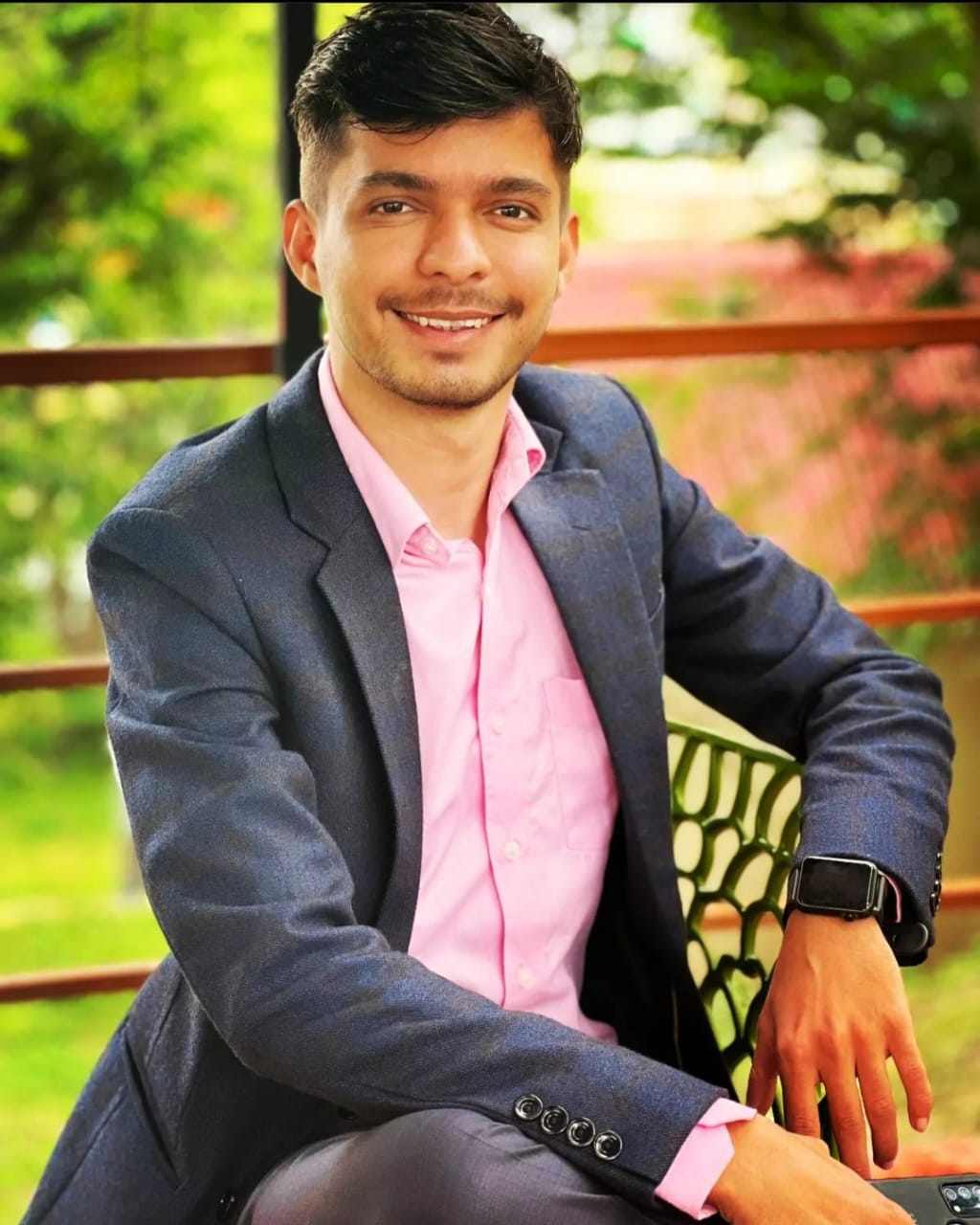

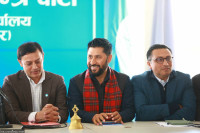
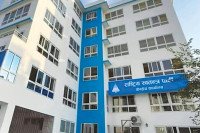

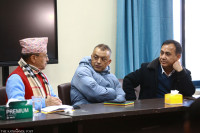
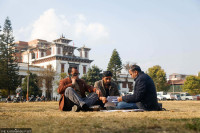

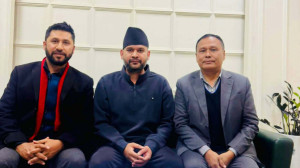





%20(1).jpg&w=300&height=200)

